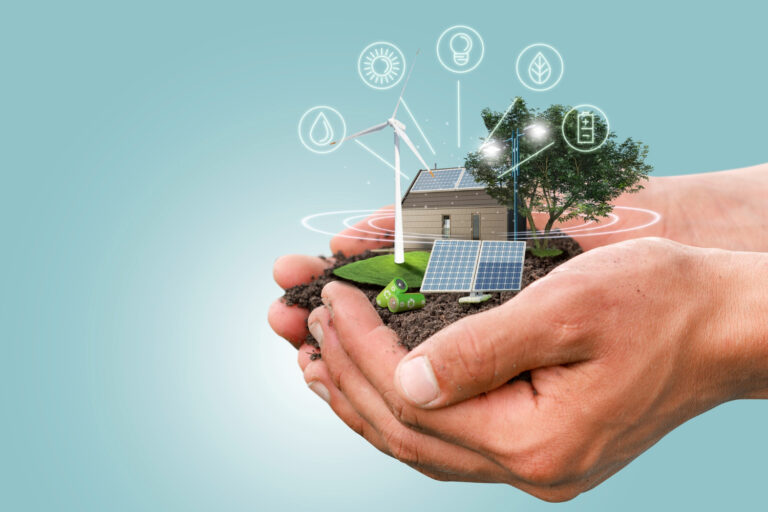The demand for efficient and adaptable cooling is growing rapidly as businesses, institutions, and even event organizers seek ways to keep environments safe, comfortable, and productive. Extreme heat, aging infrastructure, and rising energy costs are pushing organizations to explore smarter solutions that can be deployed quickly and without massive upfront investments. Portable cooling systems are no longer seen as temporary stopgaps. They are becoming an integral part of long-term planning in industries ranging from healthcare to technology. For those facing urgent cooling requirements in the city, these systems provide a crucial safety net while also pointing the way toward a more sustainable and innovative future.
Smarter Technology for Greater Efficiency
One of the most significant shifts in portable cooling is the adoption of smarter, more efficient technology. Modern chillers are designed with digital controls that allow operators to fine-tune performance in real time. Remote monitoring is also becoming standard, enabling technicians to track temperatures, energy consumption, and overall system health from anywhere.
Artificial intelligence is starting to play a role as well, with predictive algorithms that can forecast cooling demand based on environmental conditions and usage patterns. By optimizing how and when chillers run, facilities can reduce both costs and energy consumption without sacrificing performance.
Modular and Scalable Designs
Another defining trend is the move toward modular systems. Instead of relying on a single large unit, many rental providers now offer fleets of compact chillers that can be linked together. This approach makes it easier to scale capacity up or down depending on the situation.
For example, a data center undergoing rapid growth may start with a modest setup but expand quickly as server racks multiply. Similarly, event organizers can adjust capacity to match the size of the venue and number of attendees. Modular designs ensure flexibility, reduce waste, and allow for a more tailored approach to cooling.
Integration with Renewable Energy
Sustainability is a top priority across industries, and portable cooling is no exception. Many providers are now offering units compatible with renewable power sources, such as solar or wind energy. Hybrid systems that combine traditional electricity with renewable inputs are gaining traction, providing both reliability and a smaller environmental footprint.
This shift is especially valuable for organizations with strict sustainability targets. Instead of seeing temporary cooling as a compromise, they can now view it as part of a greener operating model that aligns with long-term climate goals.
Energy-Efficient Refrigerants and Materials
Beyond power sources, innovation in refrigerants and materials is helping reduce the impact of portable chillers. Traditional refrigerants often contribute to greenhouse gas emissions, but new alternatives are being introduced that minimize environmental harm. These low global warming potential (GWP) refrigerants are not only safer for the planet but also increasingly mandated by evolving regulations.
Lightweight yet durable materials are also improving unit design, making transport and installation easier while reducing energy loss. Combined, these developments create systems that are both more practical and more sustainable.
Emergency Response and Climate Resilience
The role of portable cooling in emergency planning is becoming even more critical as climate change drives more frequent and severe heat events. Hospitals, data centers, and manufacturing plants cannot afford downtime, and having a portable chiller provider on call has become part of standard risk management.
These systems are also supporting cities during public health emergencies, such as creating cooling centers for vulnerable populations during heat waves. By providing rapid, scalable solutions, portable chillers are proving themselves to be a key element of climate resilience strategies worldwide.
The Rise of Rental as a Strategic Option
While permanent cooling systems remain essential for many facilities, rentals are emerging as a strategic complement rather than just a stopgap. Businesses are increasingly factoring rental options into their long-term planning to handle seasonal surges, maintenance periods, or special projects.
The rental model also supports sustainability goals by reducing the need for each organization to purchase equipment that may sit idle for most of the year. Shared resources are used more intensively, which maximizes efficiency and reduces the environmental impact of manufacturing and disposal.
Looking Ahead: A Cooling Future Built on Innovation
The portable cooling industry is evolving rapidly, shaped by a combination of technological advances, environmental responsibility, and the need for flexibility. Smarter controls, modular systems, renewable energy integration, and eco-friendly refrigerants are setting the standard for what comes next.
As organizations face growing pressure to balance comfort, safety, and sustainability, portable chillers are positioned to play a central role. They are no longer temporary fixes but sophisticated tools that help businesses adapt to a changing climate and rising demand for efficient cooling.
The future of portable cooling is one of innovation, accessibility, and responsibility. By embracing these advances, organizations can ensure they are prepared for both today’s challenges and tomorrow’s opportunities.

